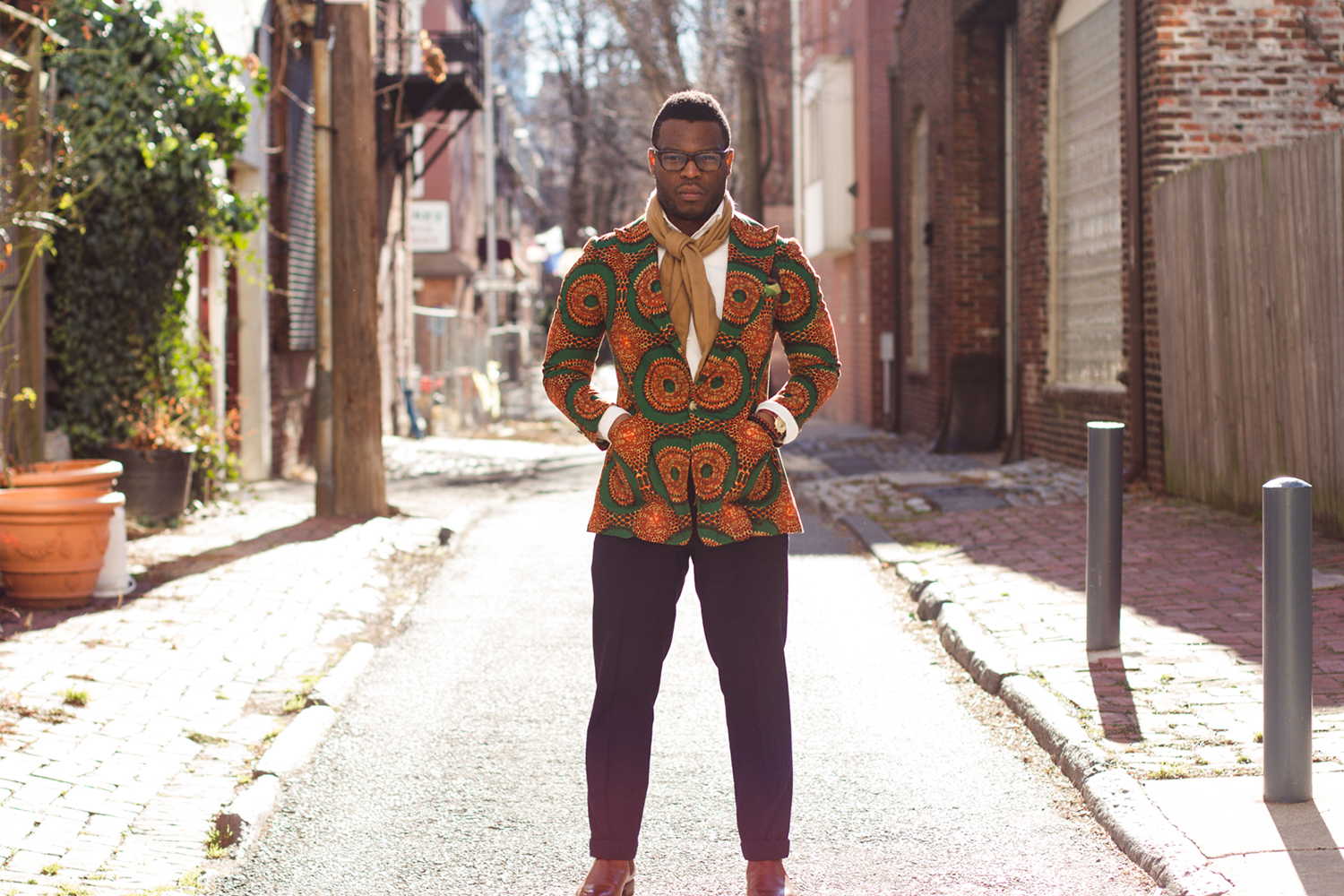Reviews March 9, 2016
In Conversation with Wale Oyejide of Ikiré Jones
Wale Oyejide is a Nigerian designer and the creative director of Ikiré Jones, a menswear brand that fuses African aesthetics with classical art from across the globe. Afropop's Atane Ofiaja spoke with him about his brand, his current fashion collection, and his future plans.









